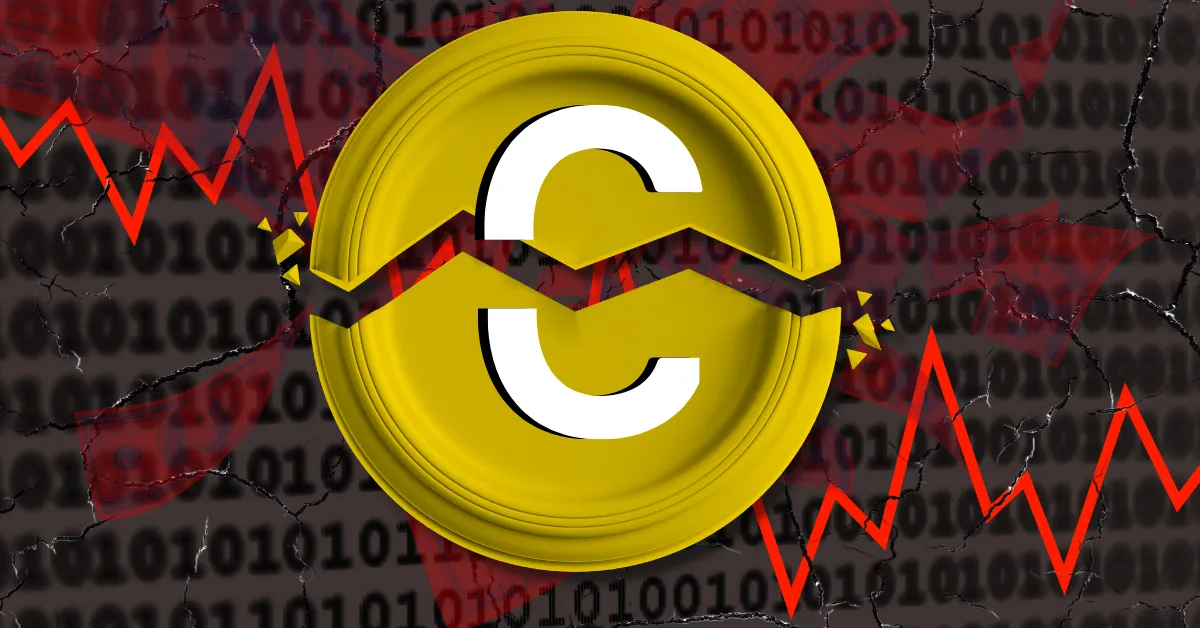Hello again, and welcome back to Fun with Tokenomics: A beginner’s guide. In the wild and exciting world of crypto, we often hear about projects with incredible technology. We’re told about lightning-fast transaction speeds, unbreakable security, and groundbreaking innovation.
It’s easy to think that good tech is all a token needs to become the next big thing. But if you’ve been watching the market for a while, you know that’s not always the case. So, what happens when a brilliant idea with solid technology simply… fails?
It turns out that a token’s journey to success isn’t just about the code. Join me as we explore the surprising reasons why some tokens fall short, even when they have all the right tech under the hood.
Why Some Tokens Fail Despite Good Technology
Many people new to crypto think a blockchain project will do well if it has good technology. They say, “If the tech is good, the project will succeed.”
While good tech is important, it’s not the only factor. Many projects with great technology have failed—not because of bad code, but because their tokenomics were flawed.
Think of it like this: the tech is the car’s engine, strong and well-made. The tokenomics are the fuel, steering wheel, brakes, and map. A great engine isn’t helpful if you don’t have a good way to use it and get around.
1. Lack of Sustainable Demand and Utility
The Issue: Many projects create a token just because they can, not because people actually need it. If users don’t need the token to access services, pay for features, or earn rewards, interest won’t last.
The Result: Without real demand, the token becomes a gamble. Its price fluctuates based on hype, not actual use. When the hype fades, the token’s value can collapse.
2. Poor Token Distribution and Centralization
The Issue: How a token is first distributed and circulated is critical. If a few early investors or the project team hold most of the tokens, they can easily sell them off.
The Result: Concentrated ownership allows early investors to profit at the expense of later participants. This discourages long-term growth and harms community trust. Broad distribution is key to a healthy token economy.
Real-World Examples
-
LUNA (Terra): Innovative algorithmic stablecoin tech and huge adoption, but flawed economic design caused collapse in 2022.
-
Bitconnect (BCC): Promised strong returns with a functional platform, but turned out to be a Ponzi scheme.
Ultimately, while advanced tech sets the stage, sound tokenomics drives lasting success. It shapes user behavior, value growth, and long-term survival. For a project to thrive, its tech and tokenomics must be carefully designed and continuously updated to adapt to the changing crypto landscape.
Beginner Takeaway
When evaluating a token:
-
Look beyond the technology.
-
Check tokenomics, community strength, leadership, and timing.
-
Remember: even a great idea needs strong execution to survive.
Thanks for reading! In our next blog, we’ll explore another crucial aspect of tokenomics: price stability in algorithmic stablecoins.

